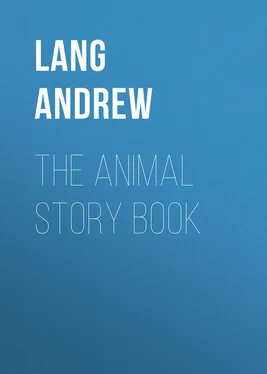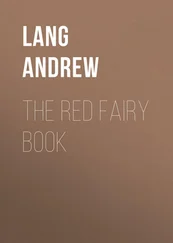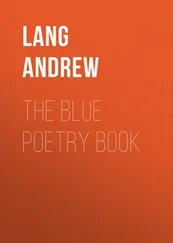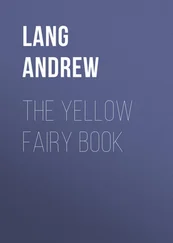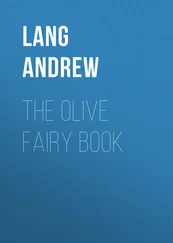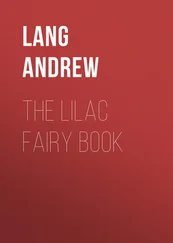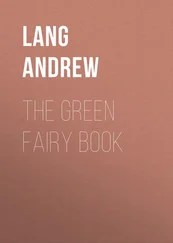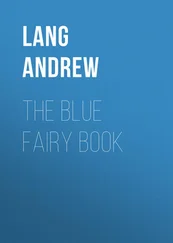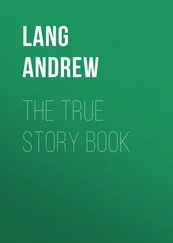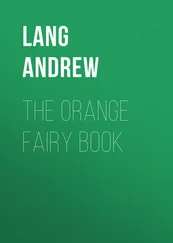No lover of animals doubts that they have a language of their own, which we are too stupid or deaf to understand. Anyone who studies the ways of the ants sees, beyond a doubt, that they too have a way of communicating with each other. For instance, an ant was one day seen at some distance from the ant-hill, and evidently in no hurry to go back to it. In the middle of the path she perceived a large dead snail. She began by going round and round it, then climbed on its back, and walked all over it. Having satisfied herself that it was a choice morsel, but too large for her to carry home alone, she set off at once to seek help. On the way she met one of her companions; she ran at once to her; they rubbed their antennæ together, and evidently an animated conversation took place, for the second ant set off immediately in the direction of the snail. The first one continued on her way home, communicating with every ant she met in the same way; by the time she disappeared inside the ant-heap, an endless file of busy little ants were on their way to take their share of the spoil. In ten minutes the snail was completely covered by the little throng, and by the evening every trace of it had vanished.
Recent observations have proved that the time-honoured idea of the ant storing up provision for the winter is a delusion, a delusion which La Fontaine’s famous fable, ‘Le Fourmis et la Cigale,’ has done much to spread and confirm. It is now known, as we have already seen, that ants sleep all winter, and that the food which we constantly see them laden with is for immediate consumption in the camp. They eat all kinds of insects – hornets and cockchafers are favourite dishes – but the choicest morsel is a fine fat green caterpillar, caught alive. They seize it, some by its head, some by its tail; it struggles, it writhes, and sometimes succeeds in freeing itself from its enemies; but they do not consider themselves beaten, and attack it again. Little by little it becomes stupefied from the discharges of formic acid the ants throw out from their bodies, and presently it succumbs to their renewed forces. Finally, though the struggle may last an hour or more, it is borne to the ant-heap and disappears, to be devoured by the inmates. Perhaps these short ‘Stories about Ants’ may induce some of you to follow the advice of the Preacher, and ‘go to the ant’ yourselves for more.
Конец ознакомительного фрагмента.
Текст предоставлен ООО «ЛитРес».
Прочитайте эту книгу целиком, купив полную легальную версию на ЛитРес.
Безопасно оплатить книгу можно банковской картой Visa, MasterCard, Maestro, со счета мобильного телефона, с платежного терминала, в салоне МТС или Связной, через PayPal, WebMoney, Яндекс.Деньги, QIWI Кошелек, бонусными картами или другим удобным Вам способом.
To distinguish him from Jacko II., a monkey belonging to Tony Johannot, the painter.
A well-known actor of the time.
The young reader must no longer expect such adventures as the Baron de Wogan achieved.
